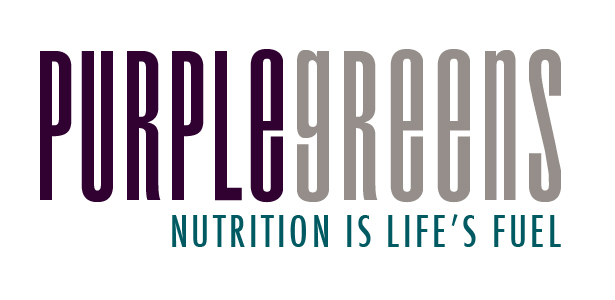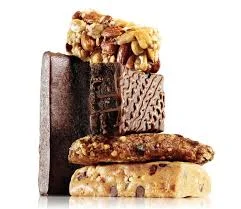It’s convenient to grab a protein bar when we skip breakfast or lunch, need a quick afternoon pick-me-up or a post-workout recovery. There is a plethora of protein bars to choose from; bars with 25 grams of protein, with Omega fats, low-fat, and even gluten-free bars. With these nutrition buzzwords it’s easy to think these bars are good for us, but not so fast. The majority of the so called protein bars on the market are no more than a candy bar that contains a poor protein source. Some bars are loaded with refined sugar, contain the wrong type of protein, include processed carbohydrates, unhealthy fats, preservatives and flavoring. To ensure that you are eating a protein bar to fuel your recovery or midday snack, follow these simple steps:
Ingredients & Nutrients to Look For
+ Less than 10 grams of sugar and more than 5 grams of fiber
+ More than 15 grams of protein
+ 20 grams of protein if you are using as recovery or replacement meal
+ Number of grams of protein should be at least half the number of grams of carbohydrates
+ Whey protein isolate or organic pea protein is the first ingredient listed
+ Select bars with coconut oil, almond butter, sunflower butter
Things to Avoid
+ Soy protein
+ Artificial flavoring, sweeteners, or coloring
+ Added sugar
+ Cottonseed oil and partially hydrogenated oil
+ Corn, corn flour, soy, soy flour, wheat flour
Some good choices
+ Dale Raw Protein bar www.dalesrawfoods.com
+ Zing Bars www.zingbars.com
+ Oatmega www.givebar.com - Available at Wholefoods

